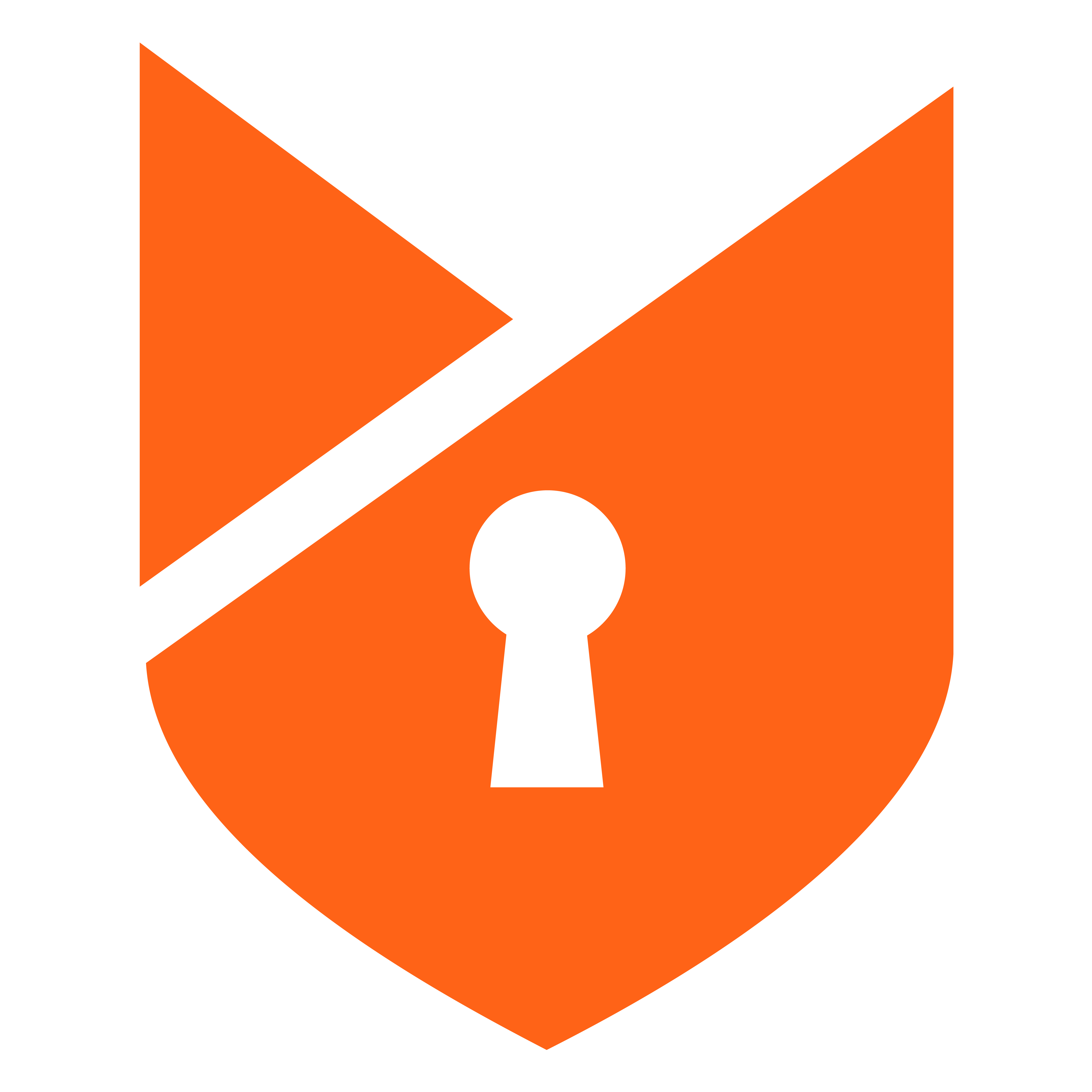A Deep Concept of Privileged Access Management
 Foxpass
Foxpass
Privileged access management is one of the best identity security solutions. This system helps to protect your businesses against cyber hackers by monitoring, detecting, and preventing unauthorization access to critical resources. It works with a wide combination of people, processes, and technologies that gives you visibility into who is using privileged accounts.
How does it work?
The best practice of privileged access management is mainly focused on managing and controlling your business access to privileged accounts and sensitive resources of your business infrastructure.
Here some important points about how Pam work in the organization such as:
1. Identification of Privileged Accounts
2. Inventory of Privileged Assets
3. Access Controls
4.Authentication and Authorization
5. Session Management
6. Password Management
7. Audit and Monitoring
8. Privileged Elevation
9. Incident Response
10. Reporting and Compliance
11. Integration
12. Training and Awareness
Types of Privileged Accounts
Administrators can access resources including files, directories, and resources without any limitations using superuser accounts, which are privileged user accounts. They are capable of installing software, altering configurations and settings, and erasing users and data.
1. Application Administrator Accounts
2. Service Accounts
3. Business Privileged User Accounts
4. Emergency Accounts
Subscribe to my newsletter
Read articles from Foxpass directly inside your inbox. Subscribe to the newsletter, and don't miss out.
Written by

Foxpass
Foxpass
Foxpass increases your organization's server and network security by ensuring employee accounts have access only to what they need. Our cloud-hosted LDAP and RADIUS systems help you bring best-practices to your infrastructure. And they're backed by your existing GSuite, Okta, or O365 accounts.